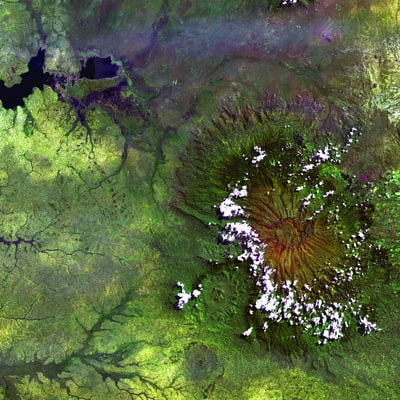Consider the social, economic and environmental impact of increased energy use due to sustainable and non-sustainable development. How can the use of renewable energy help sustainable development to be achieved?
As the world’s population increases, and more people become affluent, more energy is required. In China, for instance, in a relatively short period of time hundreds of millions of people will expect to possess a fridge, TV and car. How the world supplies energy to everyone who needs it is becoming a real problem, particularly as oil is a finite resource – in other words, it is non-sustainable.
Non-sustainable means that there is a limited supply of oil. Other non-sustainable energy sources include gas and coal. Most non-sustainable sources are also believed responsible for global warming.
Sustainable sources of energy might include wind, tidal and solar power. However all of these require huge investment and the technology is not yet adequate to even begin taking some of the load from oil and gas.
Our over-reliance on oil leads to other problems too. Much of the world’s oil is in the Middle East, North Africa and Arabian Peninsula; these are generally unstable regions whose populations have a great deal of hostility towards the West.
Similarly, the former Soviet states have huge amounts of gas but are also relatively poor and there are fears they may begin to charge much more for their gas. Most environmentalists and even some governments are beginning to accept that current energy policy is flawed and a whole new strategy is required.
Sustainable development must ensure that the environment is protected and that there are sufficient resources for future generations. If we continue to destroy our environment at this current rate, and devour energy resources like oil, then future generations might not be able to survive.
Renewable energy is seen as one of the key factors in helping to reduce the poverty gap, end conflict between nations, improve the environment, reduce global warming and hand on a legacy of hope to our children.
Case study: Wind Power
In recent years wind farms have been built across the UK and the world. The wind turns the huge blades, and this energy is converted into electricity which can be used elsewhere. The UK is investing heavily in wind power.
However, there are a number of flaws to this form of renewable energy. Many campaigners say the wind farms spoil the countryside; birds are often killed by the turning blades; the farms are expensive to build; their manufacture in itself uses a great deal of non-renewable energy; and when the wind stops, the energy supply stops. Unless technology can find more efficient ways to store energy, many believe building wind farms is a waste of time and money.

